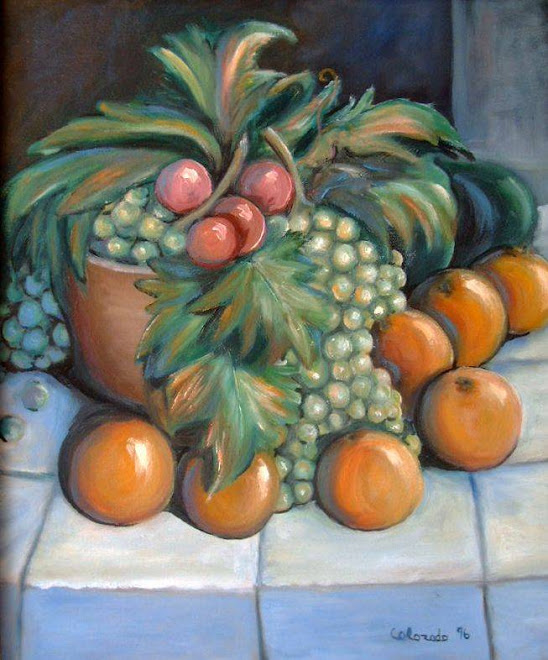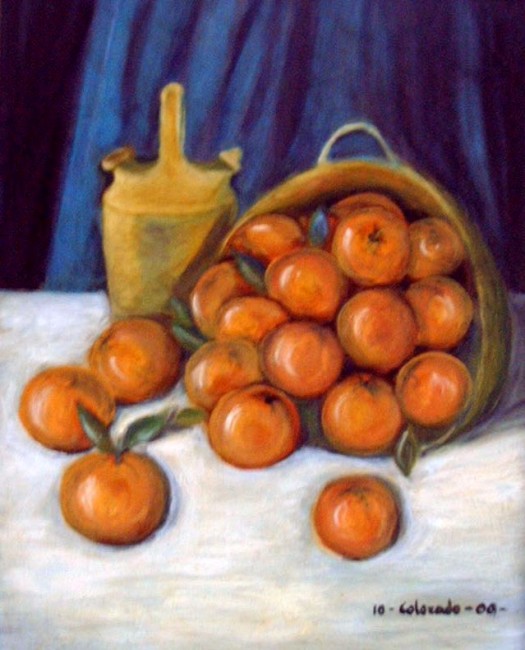
The paint tube was invented in 1841 and artists were liberated from the studio. Artists no longer needed to grind each pigment by hand and carefully mix the binding oil in the proper proportions. Paints were made in bulk and sold in tin tubes with a cap. The cap could be replaced and the paints preserved for future use. The manufactured paints had a balanced consistency that the artist could thin with turpentine if he chose. No longer bound to the studio, they could work outside in direct sunlight, misty fog, at dawn or twilight.
Paint in tubes also changed the way artists applied paint to the canvas. Painting became much more spontaneous. Artists were no longer obliged to paint in careful layers of thinned pigments and varnish, although they could use that time-tested method if they chose. With paint in tubes, a greater variety of techniques could be employed, such as blending the paint on the canvas and painting directly on the raw, ungessoed surface. The effect of paint in tubes was so important that it contributed to the rise of the impressionist style. The artist Renoir said, “Without tubes of paint, there would have been no impressionism.” Thanks to the mobility that paint in tubes provided, artists could capture the light of a fleeting moment of the day, and the impressions that it provided.
Many modern paint in tubes manufactures have extensive color testing done. The results of this test will tell the artist which paint will last the longest without the colors altering after a period of time. This is important to pay attention to when selecting oil or acrylic paints.
GRACIAS A TODOS POR LAS VISITAS!!!
THANKS FOR THE VISIT!!!


 Mary Carmen Diez Colorado - http://www.artmajeur.com/azules
Mary Carmen Diez Colorado - http://www.artmajeur.com/azules




















































